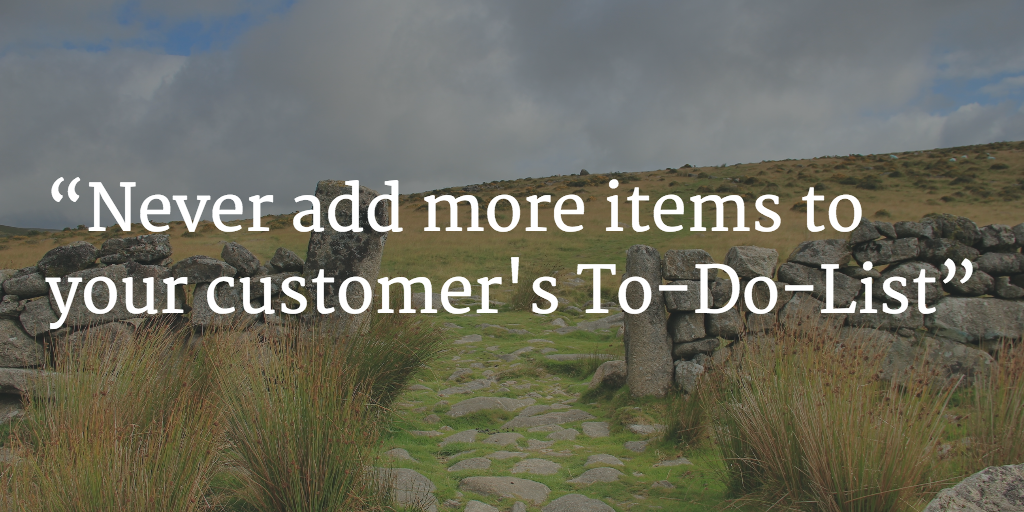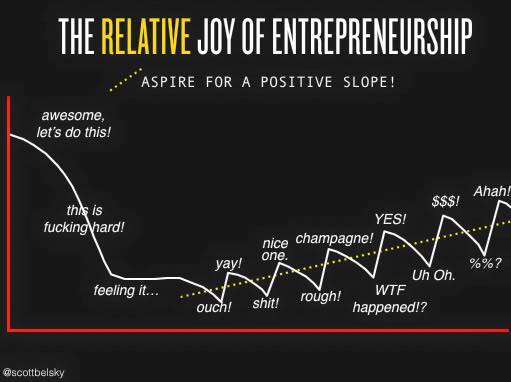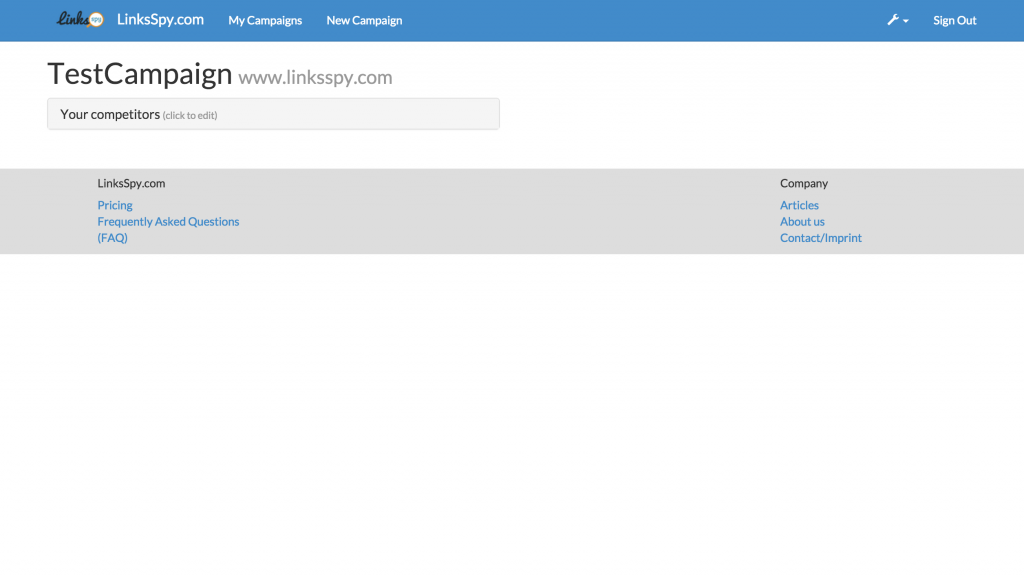This a review of my business/personal year 2017. I do this mostly for future-me to reminisce and for present-me to reflect on what happened. That said, if you find something useful in my musings, that’s a nice bonus.
Acknowledgements
There are a few people I’d like to thank – just in case they read this:
- My wife Katharina without whom my life would be misery. Thanks for always having my back.
- Benedikt Deicke with whom I produce a German podcast on bootstrapping & moonlighting called Nebenberuf Startup. Thanks for hosting a conference with me (more on that later) and countless times when you helped me by giving solid advice or just listening to (and sometimes talking me out of) my the latest idea 🙂
- My business friends – in no particular order: Michael Buckbee, Andrew Culver, Mike Taber, Jane Portman, Mojca Žove (nee Mars), Dave Collins, Ankur Kalra, Brennan Dunn, Victor Purolnik, Daniel Alm, Daniel Bader, Michael Thomsen, and so many more
Broad Strokes
2017… What. a. ride.
In January I first learned that my wife was pregnant and a week later that I’d be deploying to Afghanistan in six weeks – leaving my pregnant wife at home for a bit over four months.
In February Benedikt and I hosted our first FemtoConf – it was amazing! I had so much fun and we’ll be back for another season in 2018 (sponsor tickets still available).
I worked for a few weeks after I got back from Afghanistan and in mid-September, my son was born. I took a few weeks of work and my wife and I tried to adjust to a new lifestyle.
When I went back to work in early November things were really chaotic and stressful and I didn’t get anything major done. The only project I got done was the sale of LinksSpy.
Income sources
My business has three major income sources:
LinksSpy, the SaaS application I developed in 2013, brought in most of the product revenue by a wide margin. It also came with highest support/time burden and I had frankly lost interest in the idea sometime in late 2014 / early 2015. I am relieved to finally have it off my plate (except for the agreed-upon maintenance work). As part of the sale, I agreed on not publishing any numbers beyond what was already out there.
My book “SaaS Email Marketing Handbook” (and now my only remaining product) brought in $1,312 from 28 sales in 2017. Not much, but also not nothing. This is where I want to focus in 2018 and beyond productwise.
The final source of revenue is my consulting business. In 2017 I didn’t have a lot of time for it, but I worked with three great clients producing meaningful impacts to their bottom line – that’s always a pleasure to see. I’m looking to move away from coding and focus on email marketing automation going forward.
Selling LinksSpy
I built LinksSpy back in 2013 and launched in early 2014. LinksSpy is a tool that helps SEO agencies and professionals build incoming links to their clients’ websites.
LinksSpy grew considerably in 2014 and 2015, but then leveled off. I failed to find product-market fit with it and lost interest.
All through 2016 and 2017 I only invested minimal time into LinksSpy – only answering emails and doing some maintenance. Looking back, I realize that I shouldn’t have built a product for an audience that I don’t enjoy working with. It’s not the people or anything, it’s just that I enjoy working with other founders a lot more.
In October I found someone willing to buy LinksSpy and we agreed on a price pretty quickly. The transition finally concluded in December. Before I was able to sell it, I had to rewrite some of the backend code as right during the transition period Iron.io – which I used for queuing background jobs – decided to no longer grandfather their early customers in. That would have destroyed profitability for the new owner, so I agreed to put in a few days of work and migrate it over to AWS SQS.
SaaS Email Marketing Handbook
In total I made $1,312 from 28 sales of the SaaS Email Marketing Handbook (SEMH). Here’s how that split up into the three packages:
- $574 from 16 sales of the “eBook only” / “Basic” package
- $600 from 11 sales of the “Premium” package
- $99 from one sale of the “Complete” package
The average revenue was $46.86, which means it was just slightly over the normal price of $39 for the “Basic” package. That’s to be expected as most sales happened with a discount code – either during sales or from people who used a promo code from the SaaS Email Marketing Crash Course or from the free chapter.
It’s enough to cover the costs for hosting, my Drip account, and a bit more, but I’m looking to grow that revenue in 2018.
Progress on the book & marketing experiments
Here are the things that I added to SEMH and marketing experiments I tried.
Email Marketing Automation Blueprints
The biggest change to the book in 2017 was that Drip added a feature called “Shared Workflows” that lets me set up email marketing automation workflows and share them with others. I’ve since added a number of such ready-to-use workflows to the Premium and Complete packages of the book.
That has definitely increased the value of those packages to buyers and subsequently more people bought the Premium package. It’s something that I want to work on in 2018: Make the top two packages more appealing to customers.
Upgrade path
One way to grow your business is to get more money from existing customers.
Since early on in the year I noticed that people where overwhelmingly buying the Basic package, I decided to provide an upgrade path to those customers. Included with the book download there is a PDF with a link that lets customers buy the Premium package for $30 – that’s a $16 discount compared to buying the Premium package right away.
So far only one customer has used this, but we’ll see. I’ve only recently added some email marketing automation to promote the upgrade 28 days after purchase.
Monthly Contest
I bought a lifetime deal for Vyper.io in July or August. I like all the built-in features that increase virality – e.g. giving points for following your social media profiles etc.
I’ve run a few viral contests in the past, collecting a few hundred email addresses each time. So I jumped at the idea of having a more powerful/viral tool at my disposal and trying a few things.
Vyper has a pretty cool drip email campaign after signup and one ideas was intriguing: Instead of your typical lead magnet, why not offer a monthly contest?
I ran the first monthly contest in October and saw a roughly 100% increase in conversion rate over the email crash course. At least for October and November. Signups were down in December – which hopefully is due to seasonal fluctuations.
I’m currently trying to increase the virality. My latest experiment is to offer a way to get the Premium package of the SaaS Email Marketing Handbook for free if you refer 20 friends to the contest.
Small changes
I’ve done a few smaller changes to the marketing as well.
First of all, I added an evergreen content newsletter (ECN), which subscribers get subscribed to after they finished the crash course. I’ve also added a “promotions” workflow that takes people out of the ECN workflow and promotes the free chapter from the book. I plan on adding more evergreen content and more promotions to this.
Overall, I see a lot of potential here as it allows me to incrementally improve my marketing whenever I find time for it.
Secondly, I added a “write for us” page to SaaSEmailMarketing.net that gets me a lot of requests each month. Sadly, I didn’t follow through on any of them yet. The last months were too hectic.
Thirdly, I’ve hired a javascript developer to build a range of calculators relevant to SaaS businesses such as the SaaS annual revenue calculator. This is pretty early stage, he’s currently working on the second calculator, but I plan to eventually have 10+ calculators and to hopefully get a good chunk of traffic through those.
FemtoConf
Benedikt and I did a meetup for our podcast listeners back in 2014 and wanted to host a similar event again. Somehow one thing lead to another and this meetup turned into a conference. I wrote down my thoughts on running a conference – i.e. FemtoConf – in a separate article, if you’re interested.
Overall, it was a great experience to get a bunch of inspiring people together and see all of them enjoy theirselves. Benedikt and I focused the conference on the “hallway track” – i.e. interactions between the attendees & speakers – and I’m super happy with how that turned out.
We’re hosting another one this year (March 2-4 in Frankfurt). There are still sponsor tickets available that come with a bunch of goodies on top of a conference ticket – join us for an amazing conference experience!
Personal life
In mid-January my wife told me that she was pregnant. That was pretty exciting as it meant we’d have to renovate parts of the apartment and shift things around a bit. It also meant that my wife would stop working in her usual capacity as a chemical lab tech.
About a week later I was informed that I’d be deploying to Afghanistan in March. That gave me about six weeks to prepare for deployment, visit our parents to let them know about the pregnancy, and finish a few things in the apartment that my wife definitely needed me for.
Deploying to Afghanistan was fun. Finally, I was doing what I had been training for up to this point. Leaving my pregnant wife at home was clearly the downside, but overall it was a great experience.
During my stay there I started a challenge: Do 200 push-ups every day.
I started with doing 200 push-ups one day as a “Lets see if you can do this”-kind of challenge. I managed to do 200 push-ups, but almost died the next day. It took me 57 days to get to consistent 200+ push-ups every day. A few times I didn’t hit my goal for the day and had to double down the next day, but I managed to do over 35,000 push-ups in 2017.
Currently, I’m about 15 days behind schedule with this for a number of reasons: I’ve had a cold on and off for the past three weeks and work was just too busy. But I plan on keeping at it and if I manage to catch up and do 200 push-ups every day I should start 2019 with 100,000 push-ups under my belt.
In September my wife gave birth to a beautiful boy. The first few weeks were quite… interesting, but now he’s just the cutest, happiest, most even-tempered baby I know of.
It’s crazy how much he has changed and enriched our lives. It’s so much fun to just watch him take in the world around him and learn new things.
Goals for 2018
In 2018 I will transfer to a new post, which should decrease my workload considerably. I plan on going on paternal leave for four months (yay for Socialist Europe).
Talking about the business, I have a few plans for 2018:
- Learn to focus again – I noticed that I have a hard time focusing on one thing anymore. “Flow” is all but non-existant for me. My #1 goal for 2018 is to learn to focus again and get some deep work done
- Bring product revenue up to $2,500 per year. While this doesn’t look like much, it means almost doubling last year’s revenue.
- I want to spend some of the money I made from selling LinksSpy on testing Facebook ads. Not having mastered a traffic channel is probably among the top 3 reasons why I failed to grow LinksSpy.
- I’ve started writing another book. It’s going to target a similar audience, but is much smaller and will be sold through Amazon KDP. I plan on using it mostly as a lead magnet for SEMH.
- Do more cross-promotions. I’m looking for companies that could benefit from offering their customers a discounted copy of SEMH. I’ll hopefully find the time for an outreach campaign in February or March.






Recent Comments